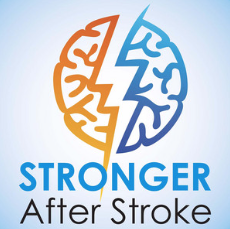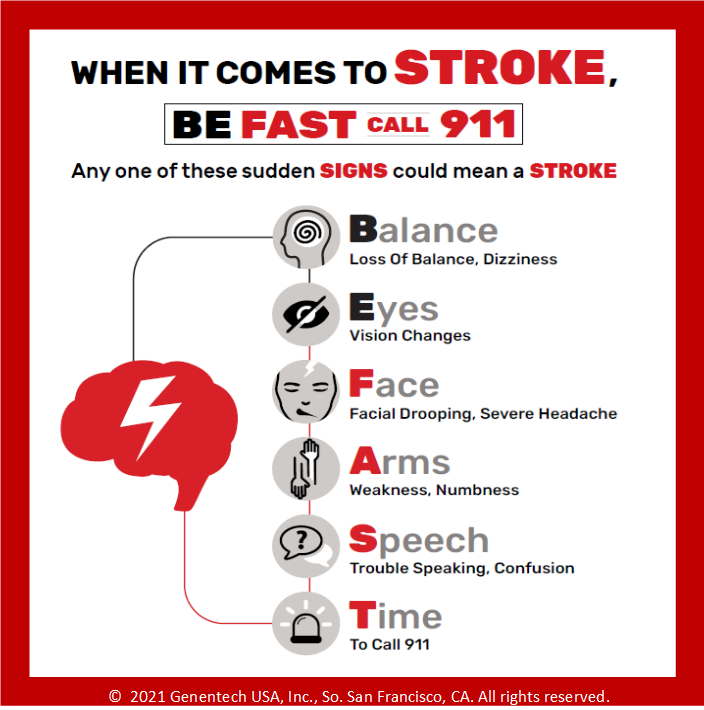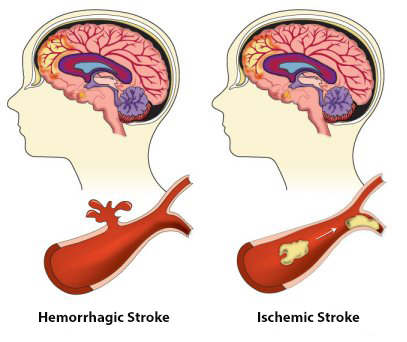Medical Center » Services » Stroke Care
At Hutchinson Regional Medical Center, you can count on the fastest, most efficient and effective stroke care available in Reno County and the surrounding Central Kansas region.
We are a primary stroke center certified by the Joint Commission, and a certified Level III Trauma Center with a Stroke Gold Plus Quality Achievement designation. And, through our 24/7 Emergency Department, we offer round-the-clock access to neurological care via telemedicine.
Explore the recovery journey through the ‘Stronger After Stroke’ podcast, presented by the Norton Neuroscience Institute Comprehensive Stroke Center and Resource Center. In this series, stroke survivors and specialists share essential insights and experiences, addressing critical aspects of life post-stroke.

Explore additional episodes of the ‘Stronger After Stroke’ podcast for expert insights and advice on stroke recovery.
Listen to ‘Stronger After Stroke’ podcast on Spotify
When it comes to stroke treatment, time lost is brain lost. Here is what to expect if you or a loved one suffers from a stroke and is brought to Hutchinson Regional Medical Center’s Emergency Department or is a patient at the hospital at the time of a stroke:
A stroke is a serious medical condition that requires emergency care. BE FAST and call 9-1-1 right away if you or someone you are with shows any signs of a stroke. This can help stroke patients get the treatments they desperately need. The stroke treatments that work best are available only if the stroke is recognized and diagnosed within the first few hours after symptoms begin. Stroke patients may not be eligible for these treatments if they don’t arrive at the hospital in time.
While stroke is the fifth leading cause of death in the U.S., few people know the signs. Use the acronym BE FAST to remember the signs of stroke, and what to do if someone near you is experiencing them.

Visit www.strokeawareness.com to learn more.
BE FAST was developed by Intermountain Healthcare, as an adaptation of the FAST model implemented by the American Stroke Association.
© 2011, Intermountain Healthcare.
A stroke, sometimes called a brain attack, occurs when something blocks blood supply to part of the brain or when a blood vessel in the brain bursts. In either case, parts of the brain become damaged or die. A stroke can cause lasting brain damage, long-term disability, or even death.
There are two types of stroke. Both types of stroke damage brain cells. Symptoms of that damage start to show in the parts of the body controlled by those brain cells.

You can help prevent stroke by making healthy lifestyle choices, such as:
It’s important to educate you and your family about the risks and signs of stroke. We invite you to visit these reputable sites for trusted information:
1701 E 23rd Ave
Hutchinson, KS 67502
620-665-2000
Visitation Hours:
M-F 6:00 am – 9:00 pm
Sat-Sun 7:00 am – 9:00 pm